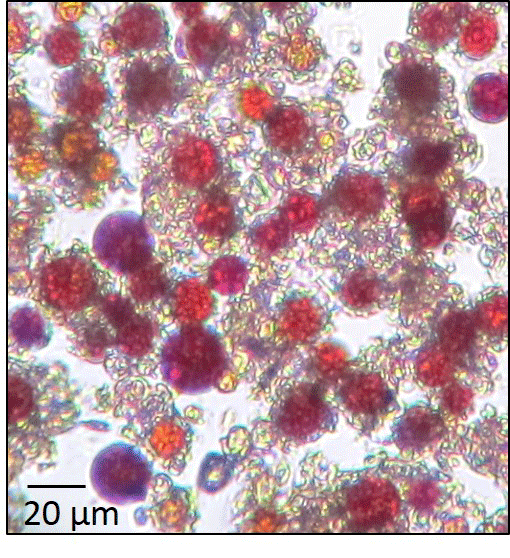While pink snow has been known to occur in the Arctic, a new study reveals that it is playing a bigger role in the changing climate.

Pink snow occurs as a result of algae. During the months that it’s warm in the Arctic, a thin layer of meltwater forms on ice and snow. The sunlight and the water are ideal growing conditions for algae and they begin to thrive.
READ MORE: Warming Arctic creating smaller migratory birds
The problem with the pink snow has to do with albedo, or the amount of reflectivity an object gives off. White reflects the most light; darker colours absorb light. The more algae that forms, the less sunlight it reflects.
The researchers from German Research Centre for Geosciences GFZ and the University of Leeds studied 40 samples from 21 glaciers across the Pan-European Arctic, from Greenland, Iceland and parts of Sweden.
What they found was that the same algal species was responsible for causing the pink snow across the Arctic. This creates a sort of snowball effect: the more glaciers and snow melt, the more algae forms. The more algae forms, the more sunlight it absorbs, causing more melting.

That is bad news for the Arctic, a region that is warming faster than anywhere else on the planet. The researchers found that the algal blooms were decreasing albedo by 13 per cent over one melt season.
READ MORE: This is what the melting Arctic sea ice looks like
“Our results point out that the ‘bio-albedo’ effect is important and has to be considered in future climate models,” said lead author Stefanie Lutz in a statement.
The scientists hope further research will be conducted to better understand the role micro-organisms are playing in a changing climate.



Comments